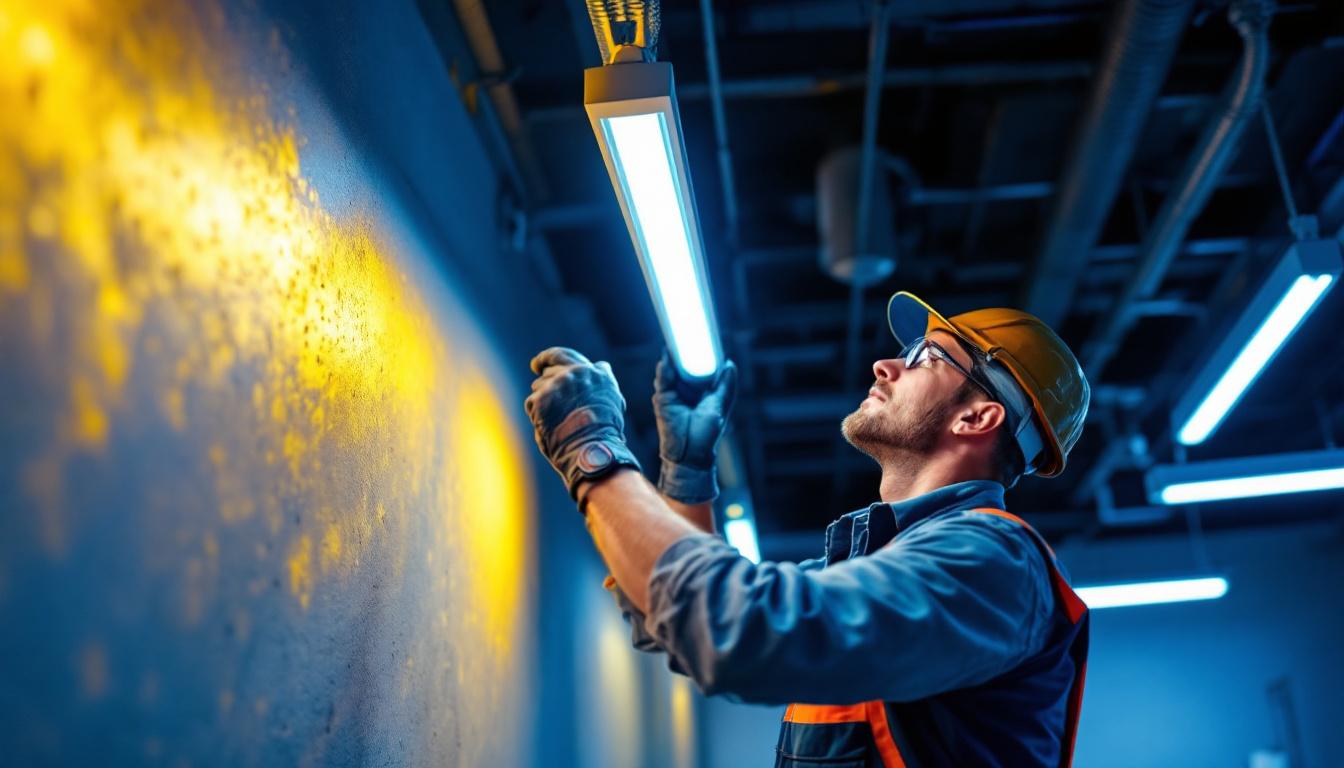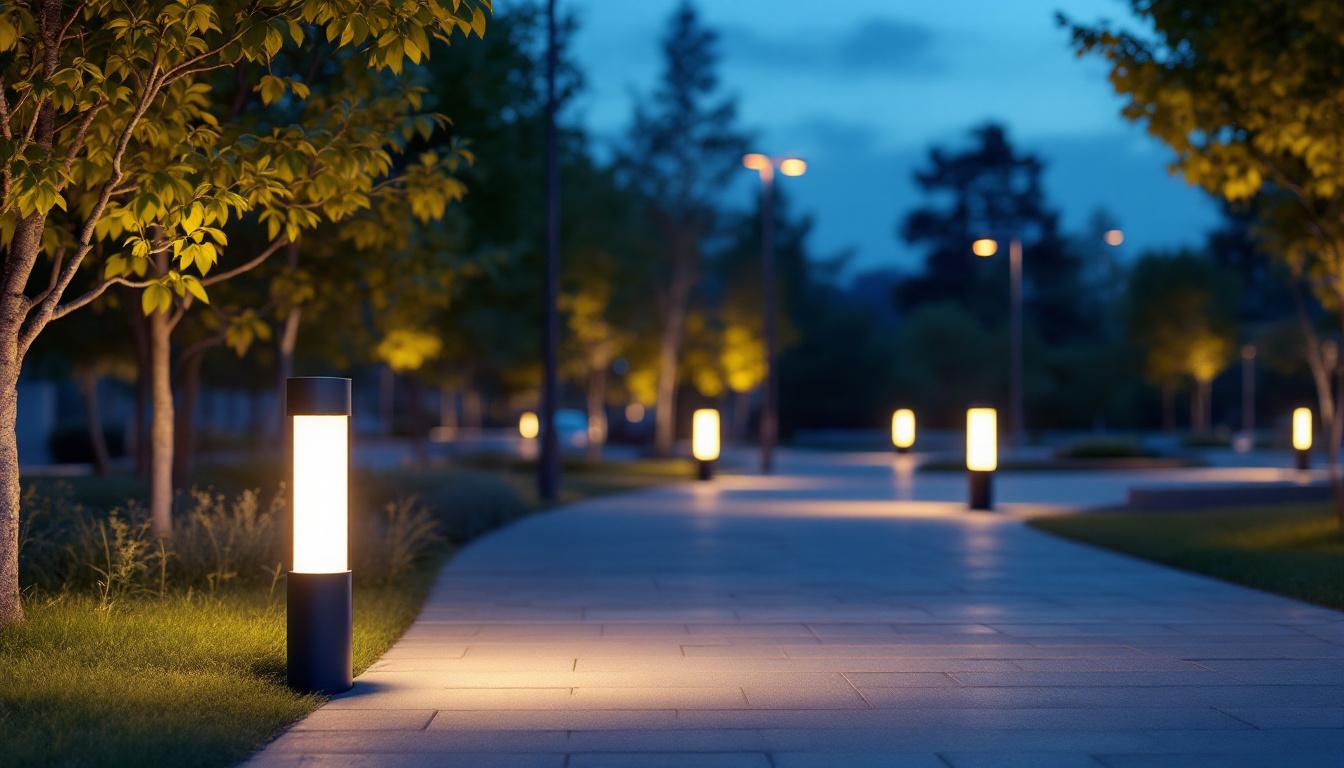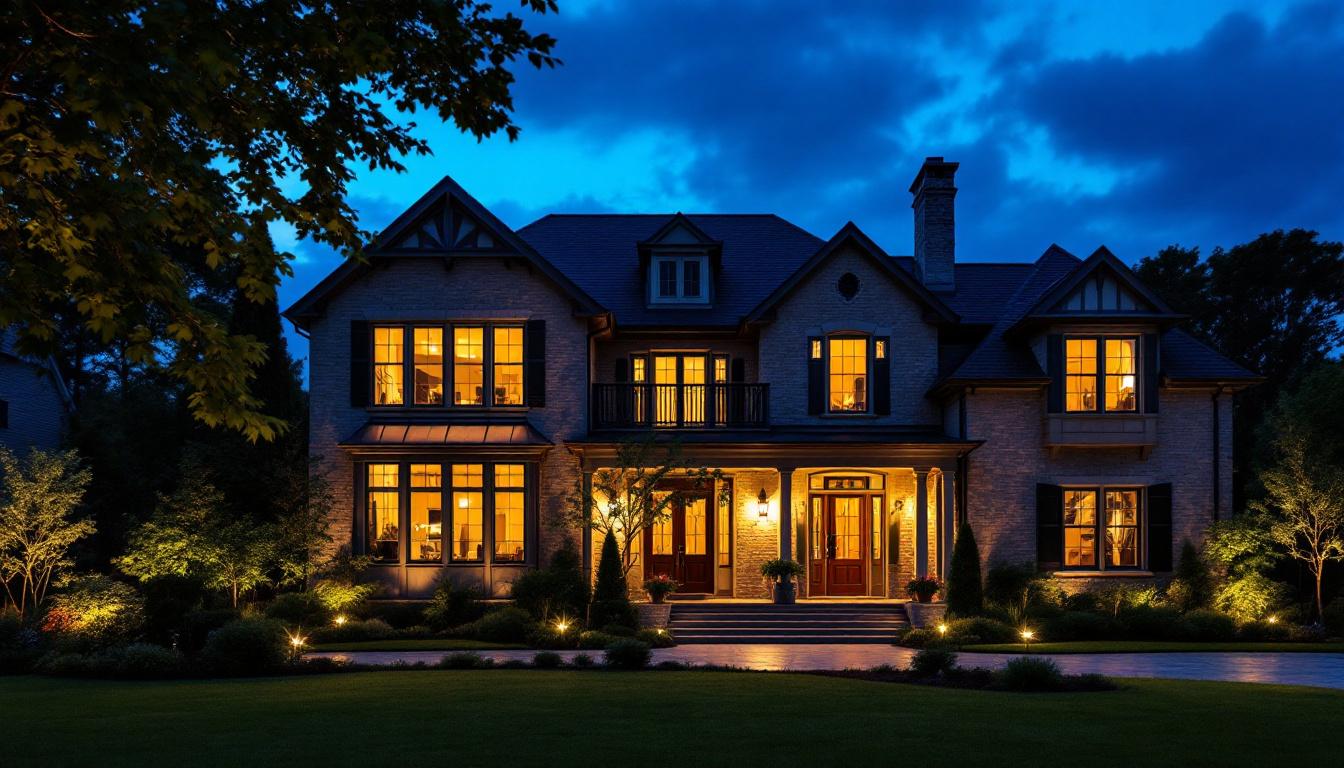
Fluorescent lighting has transformed the way spaces are illuminated, offering energy efficiency and a unique quality of light that has made it a staple in both residential and commercial settings. For lighting contractors, understanding the history of fluorescent lights can provide valuable insights into their benefits, applications, and how to effectively market them to clients. This article delves into the invention of fluorescent lights and explores how this knowledge can empower contractors to win more bids.
Fluorescent lights have a rich history that reflects the evolution of lighting technology. The journey began with the quest for more efficient and longer-lasting light sources. Early experiments with electric discharge in gases laid the groundwork for what would become fluorescent lighting.
The concept of using gas to produce light was not entirely new. Scientists had been experimenting with electric currents and gases for decades. The initial discoveries involved the use of various gases in glass tubes, which would glow when an electric current passed through them. This phenomenon was the precursor to the development of fluorescent technology.
As researchers continued to explore the properties of different gases, they began to see the potential for creating a more practical lighting solution. The combination of phosphors with gas-filled tubes became a focal point, leading to the development of the first fluorescent lamps. These early lamps were not without their challenges; they required a ballast to regulate the current and were often criticized for their flickering light and harsh color temperature. However, the groundwork had been laid for a lighting revolution.
Once the technology was refined, fluorescent lights began to make their way into commercial applications. The energy efficiency and longevity of these lights quickly caught the attention of businesses and consumers alike. They were particularly appealing for large spaces such as warehouses, factories, and offices, where traditional incandescent bulbs would require frequent replacements.
As fluorescent lights gained popularity, manufacturers began to innovate further, introducing different sizes, shapes, and color temperatures to meet the diverse needs of various environments. This adaptability has allowed fluorescent lighting to remain relevant even as newer technologies have emerged. In addition to standard tube lights, compact fluorescent lamps (CFLs) were introduced, offering a more versatile option for home and office use. These smaller bulbs provided the same energy efficiency benefits while fitting into traditional light fixtures, making them a popular choice for residential lighting.
Moreover, the environmental impact of fluorescent lighting began to be a significant topic of discussion. With the growing awareness of energy consumption and its effects on climate change, fluorescent lights were often promoted as a greener alternative to incandescent bulbs. Their longer lifespan meant fewer bulbs in landfills, and their lower energy usage contributed to reduced carbon footprints. As a result, government initiatives and energy-saving programs often encouraged the transition to fluorescent lighting, further solidifying its place in the modern lighting landscape.
For lighting contractors, understanding the benefits of fluorescent lighting is essential for effectively communicating its value to potential clients. The advantages of these lights extend beyond mere illumination; they encompass energy savings, environmental impact, and versatility.
One of the most significant advantages of fluorescent lighting is its energy efficiency. Compared to traditional incandescent bulbs, fluorescent lights consume significantly less energy to produce the same amount of light. This efficiency translates into lower electricity bills for clients, making it an attractive option for budget-conscious consumers.
Moreover, the reduced energy consumption contributes to a smaller carbon footprint, aligning with the growing emphasis on sustainability in building practices. Contractors who highlight these benefits can position themselves as environmentally responsible choices for clients looking to reduce their energy use. Additionally, many fluorescent lights are designed to work with electronic ballasts, which further enhances their efficiency by providing a more stable current and reducing flicker, ultimately creating a more pleasant lighting experience.
Fluorescent lights also boast a longer lifespan compared to traditional lighting options. While incandescent bulbs may last for around 1,000 hours, fluorescent lamps can last up to 10,000 hours or more. This longevity reduces the frequency of replacements, which can be particularly advantageous for businesses that do not have the resources to manage regular maintenance.
By emphasizing the reduced maintenance requirements associated with fluorescent lighting, contractors can appeal to clients who prioritize convenience and cost savings in their lighting solutions. Furthermore, the durability of fluorescent bulbs means they are less likely to break or fail compared to their incandescent counterparts, which can lead to additional savings in terms of replacement costs and downtime. This reliability is especially crucial in commercial settings, where consistent lighting is essential for productivity and safety.
Fluorescent lighting also offers remarkable versatility in design, making it suitable for a variety of applications. From office spaces to retail environments, these lights can be used in different fixtures, including recessed lighting, surface-mounted fixtures, and even decorative designs. This adaptability allows contractors to meet the specific aesthetic and functional needs of their clients.
Additionally, fluorescent lights come in various color temperatures, ranging from warm white to cool daylight, enabling clients to select the perfect ambiance for their space. This range of options not only enhances the visual appeal of interiors but also supports different activities, such as creating a vibrant atmosphere in a retail store or a calm environment in a healthcare facility. By showcasing the design flexibility of fluorescent lighting, contractors can help clients envision how these solutions can enhance their spaces while remaining practical and efficient.
Fluorescent lighting is incredibly versatile, making it suitable for a wide range of applications. Understanding these applications can help contractors tailor their proposals to meet the specific needs of their clients.
In commercial settings, fluorescent lights are often used in offices, retail spaces, and warehouses. Their ability to provide bright, even illumination makes them ideal for environments where visibility is crucial. Additionally, the variety of fixture designs available allows for flexibility in aesthetics, ensuring that the lighting complements the overall design of the space.
Contractors can leverage this versatility by showcasing various fixture options and discussing how they can enhance the functionality and appearance of a client’s space.
While fluorescent lighting is commonly associated with commercial applications, it also has a place in residential settings. Many homeowners are now opting for fluorescent fixtures in kitchens, garages, and basements due to their energy efficiency and long lifespan.
When bidding on residential projects, contractors can highlight the benefits of fluorescent lighting in terms of energy savings and reduced maintenance, appealing to homeowners who are looking to make smart investments in their properties.
With a solid understanding of the history, benefits, and applications of fluorescent lighting, contractors can strategically position themselves to win more bids. Here are some effective strategies to consider.
One of the most powerful tools a contractor has is the ability to educate clients about the advantages of fluorescent lighting. Providing information on energy savings, longevity, and environmental impact can help clients make informed decisions. Consider creating informative brochures or presentations that outline these benefits clearly.
Additionally, hosting workshops or informational sessions can establish a contractor as a knowledgeable resource in the field, fostering trust and credibility with potential clients.
Another effective strategy is to showcase past projects that utilized fluorescent lighting. Providing case studies or testimonials from satisfied clients can demonstrate the contractor’s expertise and the positive outcomes of previous installations. Visual evidence of successful projects can be particularly persuasive, allowing potential clients to envision the benefits in their own spaces.
Including before-and-after photos or energy savings statistics can further illustrate the impact of fluorescent lighting on a project.
As technology continues to evolve, so too does the world of fluorescent lighting. Staying informed about the latest innovations can give contractors a competitive edge in the market.
With the rise of smart home technology, integrating fluorescent lighting with smart systems is becoming increasingly popular. Offering solutions that allow clients to control their lighting through apps or voice commands can enhance the appeal of fluorescent fixtures.
Contractors who stay ahead of these trends can position themselves as forward-thinking professionals, attracting tech-savvy clients looking for modern solutions.
As energy efficiency regulations become more stringent, contractors must stay informed about compliance requirements. Understanding how fluorescent lighting meets or exceeds these standards can be a selling point in bids. Highlighting compliance with local and national energy codes can reassure clients that their investment is not only beneficial but also responsible.
Fluorescent lighting has come a long way since its inception, and its impact on the lighting industry is undeniable. For lighting contractors, leveraging the knowledge of its history, benefits, and applications can be a powerful tool in winning more bids. By educating clients, showcasing successful projects, and staying ahead of modern innovations, contractors can position themselves as leaders in the field.
As the demand for energy-efficient and sustainable lighting solutions continues to grow, understanding and promoting fluorescent lighting will remain a key strategy for lighting contractors. Embracing this knowledge not only enhances credibility but also opens up new opportunities for growth and success in the competitive lighting market.
Ready to elevate your lighting game and outshine the competition? At LumenWholesale, we provide lighting contractors with the superior, spec-grade fluorescent lighting solutions you need to win more bids. Our commitment to quality and affordability means you get the best value on top-notch lighting products, all with the convenience of free shipping and wholesale pricing. Don’t let markups dim your project’s potential. Click over to Wholesale Lighting at the Best Value and partner with LumenWholesale for a brighter future in every space you illuminate.

Discover how garage lamp fixtures can revolutionize the workflow for lighting contractors, offering significant time and cost savings.

Discover essential quick tips from lighting contractors on maximizing the effectiveness and aesthetic appeal of lighting bollards.

Discover essential tips for selecting and installing electrical outdoor boxes to ensure your lighting projects stand the test of time.

Discover expert strategies for lighting contractors to enhance outdoor spaces with stunning illumination.